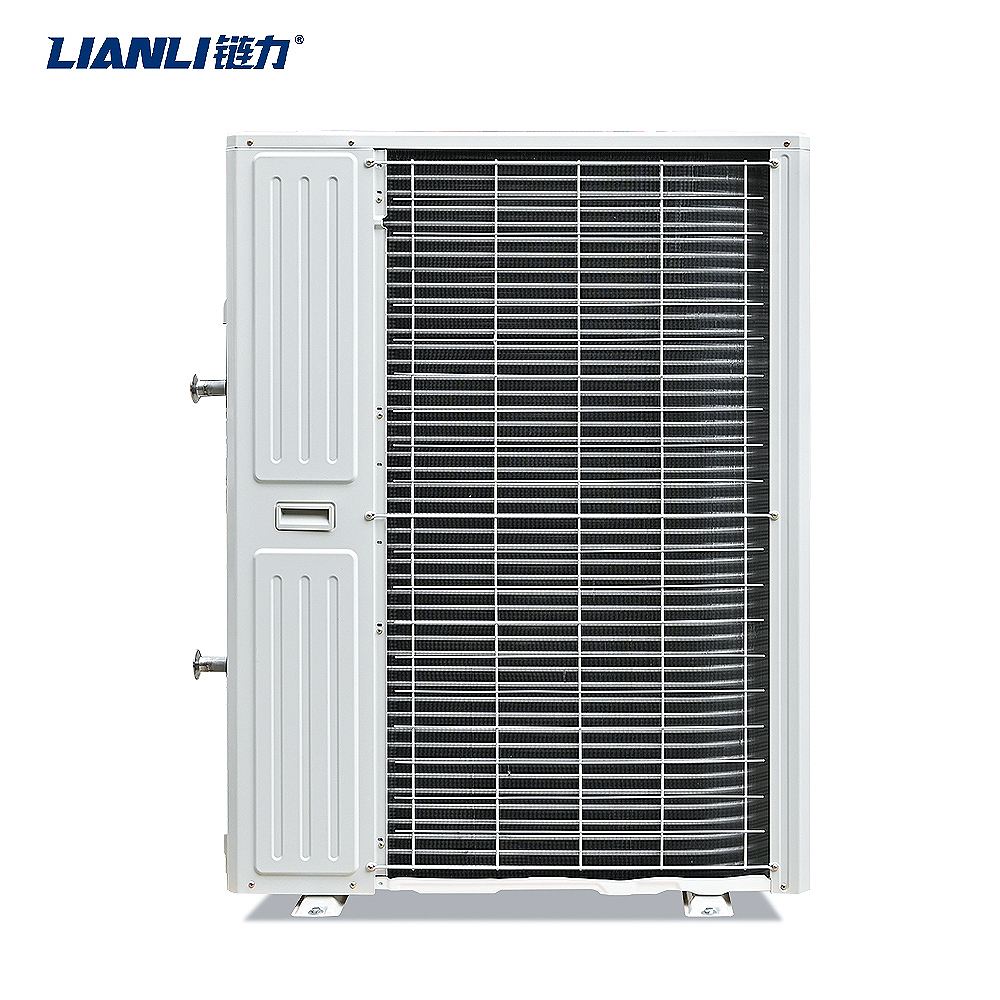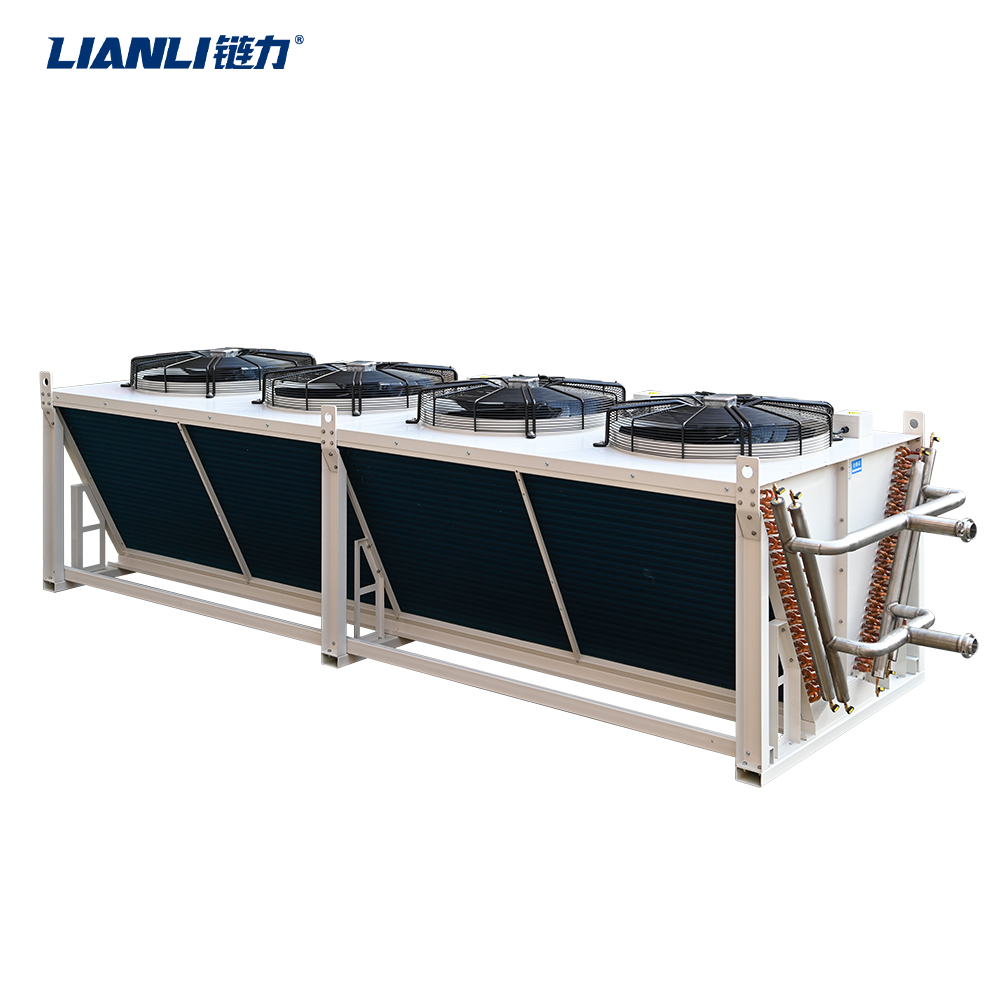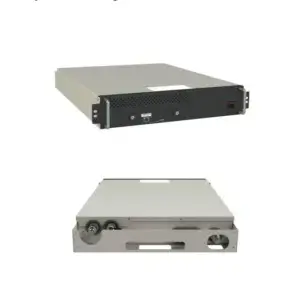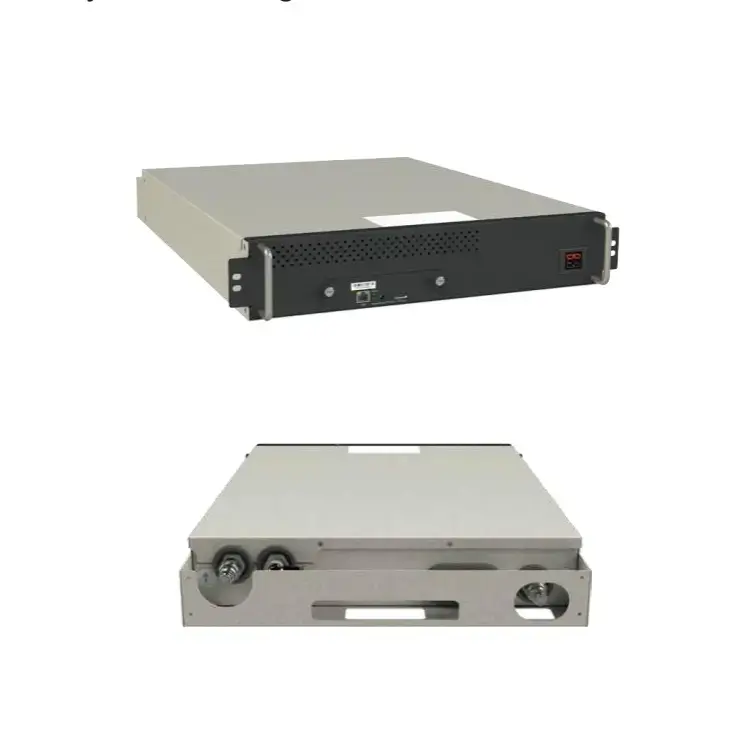Miner S21 XP+ Hyd.+: Why Water Cooling Is Essential for Mining System .Longevity
The world of cryptocurrency mining is a relentless pursuit of efficiency and performance. As mining algorithms grow more complex and competition intensifies, miners are constantly pushing their hardware to the absolute limit. The Miner S21 XP+ Hyd.+ represents the cutting edge of this technological arms race, delivering unprecedented hashing power. However, with such immense computational output comes a significant challenge: heat. This article delves into why water cooling is not just a performance booster but an essential component for ensuring the long-term health and longevity of high-performance mining rigs like the Miner S21 XP+ Hyd..
The Heat Problem in High-Performance Mining
Mining cryptocurrencies, especially Bitcoin, involves solving complex cryptographic puzzles. This process, known as proof-of-work, requires immense computational power, which translates directly into heat generation. Traditional air-cooled mining rigs, while common, often struggle to dissipate the concentrated heat produced by powerful ASICs (Application-Specific Integrated Circuits) like those in the Miner S21 XP+ Hyd.+. When components operate at consistently high temperatures, several detrimental effects occur:


 The Miner S21 XP+ Hyd.+ directly addresses these challenges by integrating a sophisticated water cooling system. Instead of relying solely on air flow, this system uses a liquid coolant (typically water or a specialized fluid) circulated through cold plates directly attached to the heat-generating ASIC chips.
How Water Cooling Enhances Miner S21 XP+ Hyd.+ Longevity
The Miner S21 XP+ Hyd.+ directly addresses these challenges by integrating a sophisticated water cooling system. Instead of relying solely on air flow, this system uses a liquid coolant (typically water or a specialized fluid) circulated through cold plates directly attached to the heat-generating ASIC chips.
How Water Cooling Enhances Miner S21 XP+ Hyd.+ Longevity
- Thermal Throttling: To prevent immediate damage, ASIC chips automatically reduce their operating speed (hash rate) when temperatures exceed safe thresholds. This directly impacts mining profitability.
- Accelerated Component Degradation: Prolonged exposure to high heat stresses electronic components, leading to faster wear and tear on capacitors, resistors, and the silicon itself. This significantly shortens the overall lifespan of the mining rig.
- Increased Failure Rates: Heat is a primary culprit behind hardware failures. Components like voltage regulators and power supplies are particularly vulnerable, leading to costly downtime and repairs.
- Noise and Environmental Impact: High-speed fans required for air cooling generate significant noise pollution and consume substantial additional energy, adding to operational costs and environmental footprint.


 The Miner S21 XP+ Hyd.+ directly addresses these challenges by integrating a sophisticated water cooling system. Instead of relying solely on air flow, this system uses a liquid coolant (typically water or a specialized fluid) circulated through cold plates directly attached to the heat-generating ASIC chips.
How Water Cooling Enhances Miner S21 XP+ Hyd.+ Longevity
The Miner S21 XP+ Hyd.+ directly addresses these challenges by integrating a sophisticated water cooling system. Instead of relying solely on air flow, this system uses a liquid coolant (typically water or a specialized fluid) circulated through cold plates directly attached to the heat-generating ASIC chips.
How Water Cooling Enhances Miner S21 XP+ Hyd.+ Longevity
- Superior Heat Transfer Efficiency: Water has a much higher specific heat capacity and thermal conductivity than air. This means it can absorb and transport heat away from the ASICs far more effectively than air, maintaining the chips at significantly lower and more stable operating temperatures. For the Miner S21 XP+ Hyd., this translates to sustained peak performance without thermal throttling.
- Reduced Thermal Stress: By keeping core temperatures consistently lower, water cooling drastically reduces the thermal cycling and stress experienced by electronic components. This minimizes the expansion and contraction that contributes to solder joint fatigue and component failure over time, thereby extending the Miner S21 XP+ Hyd.‘s operational life.
- Improved Component Reliability: Cooler operating conditions mean power supplies, motherboards, and other supporting electronics run cooler and more reliably. This reduces the likelihood of premature failures, minimizing downtime and maintenance costs associated with the Miner S21 XP+ Hyd.+.
- Quieter Operation: Water cooling systems operate much more quietly than the high-RPM fans needed for equivalent air cooling. This creates a more pleasant working environment, especially in densely packed mining farms housing multiple Miner S21 XP+ Hyd. units.
- Potential for Higher Overclocking (Safely): The superior cooling allows for more stable operation, potentially enabling safe overclocking to extract even more hash rate from the Miner S21 XP+ Hyd. without the same level of risk associated with air-cooled overclocking, although this should be done cautiously and within manufacturer guidelines.





